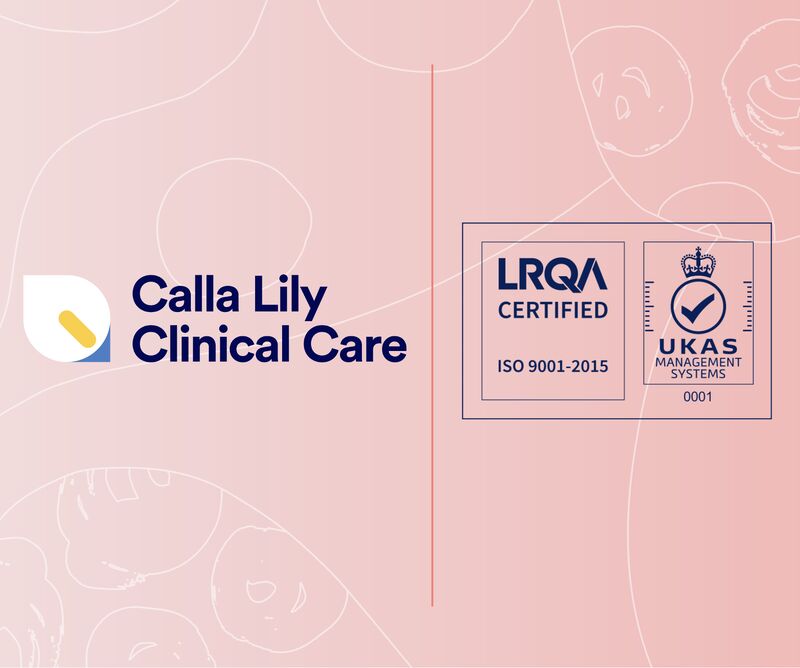Why Intravaginal Drug Delivery Is the Future of Women’s Health

When we talk about advancements in healthcare, the vagina doesn’t often make it into the conversation.
But it should. Hell, it’s standard dinner conversation at my house.
The power of the vagina as a vessel for targeted, effective treatment is an emerging trend in women’s health. A trend geared toward smarter, safer, more effective medication that causes fewer side effects.
Here’s why all signs point to the vaginal route.
What Is Intravaginal Drug Delivery?
Intravaginal drug delivery administers medication directly into the vagina where it delivers therapeutic benefits to the vagina itself or nearby organs like the uterus.
The success of intravaginal delivery at least partly lies in the anatomy of the vagina.
Within the vagina lies the vaginal mucosa. With its large surface area, rich blood supply and ability to absorb a diverse range of compounds, the mucosa is an ideal place to administer medication.
Intravaginal delivery can be utilized for everything from yeast infections to miscarriage prevention to fertility support treatments and even cancer treatments.
Since medication is delivered exactly where it is needed, the vaginal route avoids many of the side effects of oral and injection-based medication.
Let’s examine how this is achieved and why it matters.
The Efficacy of Intravaginal Drug Delivery
Efficacy is where intravaginal drug delivery shines.
But to explain why, we need to back up a little.
Oral medication must go through the liver and digestive tract where it is metabolized or broken down before it enters the bloodstream. This is known as first-pass metabolism.
In the process, however, much of the medication’s potency is lost. This means more of the drug needs to be consumed to achieve the same therapeutic effect.
But this also comes at a cost. When more medication is taken, the risks of systemic side effects increase in turn and the body may also develop a resistance to the medication.
Intravaginal delivery avoids first-pass metabolism because it is absorbed directly through the vaginal mucosa into the bloodstream or directly to the mucosa. A greater concentration of the drug reaches the target area.
Targeted Treatment, Fewer Side Effects: The Advantage of Intravaginal Drug Delivery
Another attractive benefit of intravaginal drug delivery is its ability to reduce or eliminate systemic side effects. These unwanted symptoms occur anywhere in the body after medication enters the bloodstream.
Fluconazole—an oral medication for yeast infections—may cause nausea, diarrhea, heartburn and stomach pain. Oral estrogen taken for menopause systems may exacerbate hormonally-sensitive migraines and increase the risk of strokes and blood clots in some women. (For the most part, these medications are incredibly safe…I’ve taken both. But we’re not ‘one size fits all,’ are we?)
System Side Effects as a Barrier to Healthcare
For many women, the fear of side effects is a major barrier to seeking treatment.
One study that analyzed data from thousands of journal articles found that across 86different medications, 90% of women experienced side effects.
Research also shows that women experience side effects at a higher rate than men. In some cases, women are 50-70% more likely to experience an adverse drug reaction (ADR) than their male counterparts. This may be because medications are often developed and tested only on male patients and we don’t learn about possible side- effects until later, but that’s another story for another day.
Intravaginal drug delivery limits exposure of non-target areas of the body to medication. Since medication is not metabolized by the liver, intravaginal treatments require a lower dose to achieve therapeutic effects.
Lower doses also translate to fewer systemic side effects and a reduced chance of drug resistance.
Other Benefits of Intravaginal Drug Delivery and Future Potential
Aside from efficacy, safety and the ability to reduce systemic side effects, intravaginal drug delivery offers other benefits.
For one, it can improve patient compliance. Many intravaginal medications come in sustained-release formulations that require less frequent application.
Intravaginal delivery represents a shift toward women-centric healthcare. It leverages the unique and logical aspects of female anatomy to deliver a superior form of treatment.
Continued research means the applications of intravaginal drug delivery have broadened. Vaginal progesterone can better support women on their IVF journeys, especially those who have experienced multiple miscarriages.
There may also be applications in other areas such as HIV prevention and treatment for some types of cancer.
Shifting the Focus in Women’s Health
The increasing recognition of intravaginal drug delivery marks a key turning point in women’s health issues. We can learn so much both by targeted testing and drug delivery while avoiding many of the side-effects associated with other forms of administration.
With the focus on localized, effective, and safe drug administration, the intravaginal route has the potential to change the way we think about women’s healthcare.
References
https://www.ncbi.nlm.nih.gov/pmc/articles/PMC7408486
https://pubmed.ncbi.nlm.nih.gov/11770389
https://www.sciencedaily.com/releases/2020/08/200812161318.htm
https://www.drugs.com/sfx/fluconazole-side-effects.html
https://www.menopause.org.au/hp/information-sheets/oestrogen-only-mht




